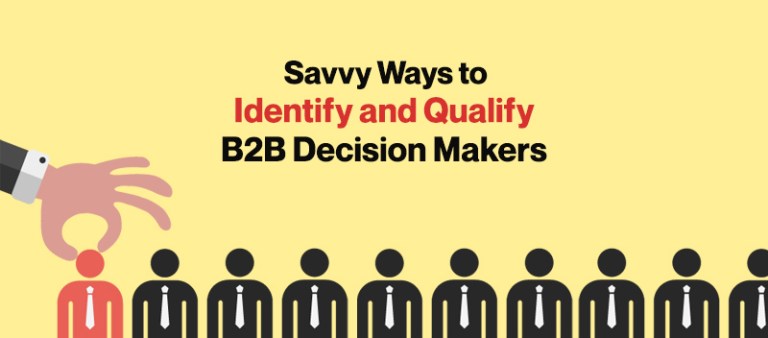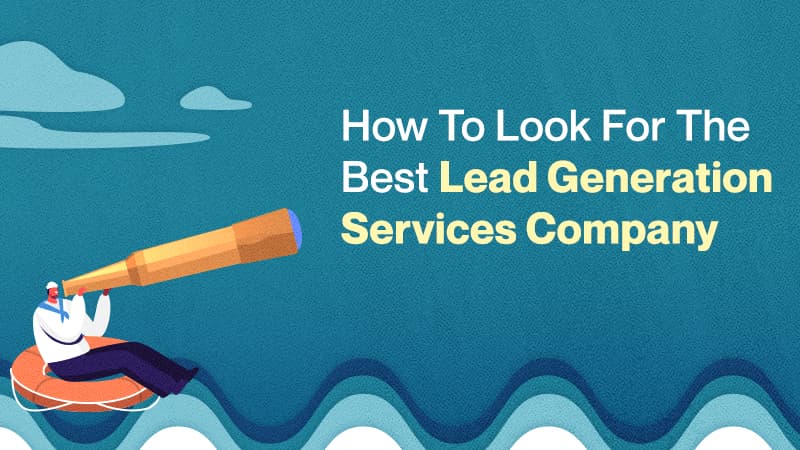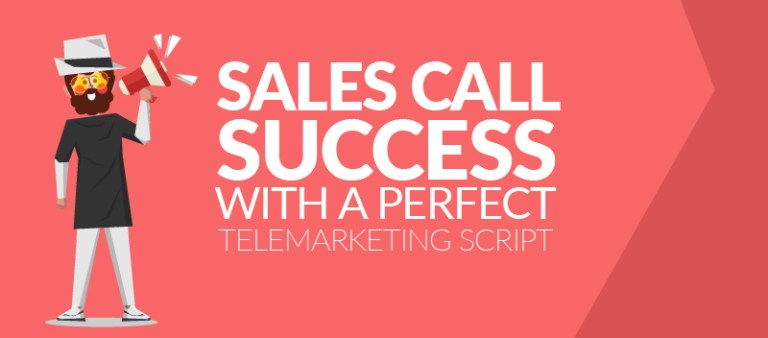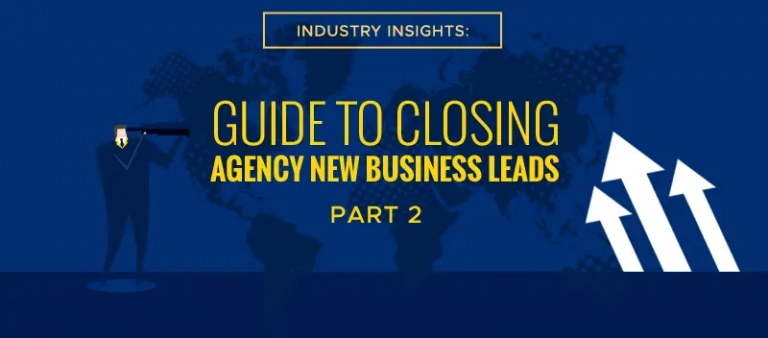We’ve all been there before; we have a hot lead and the company that we’re pitching to looks like they need our product or service. However, the challenge is still to qualify B2B decision makers because, at the end of the day, a lead is just a lead if no conversion has taken place.
Qualifying leads in the B2B realm might seem to be a daunting task, but it isn’t that difficult. Your lead generation strategies will work as long as you know what your are doing.
In this article, we’ll help you identify the ways that you can reach the real decision-makers in any organization that you have a hot lead in. So what are we waiting for? Let’s dive right in!
Understand Your Product!
Wait, what? More often than not, we as marketers fail to understand our own products and we dive right into the sales process. Understanding your product means understanding it’s price points and whom you will approach as a result.
Take for example normal office sundries. In a large company, it’s a matter of looking for the purchasing department. It’s nothing revolutionary and there isn’t going to be a great deal of change in the work environment if they adopt your product.
While we’re on the subject of things, it’s also important to know what impact your product or service will have in the company that you are marketing it to. Remember that if something causes a drastic change in the work environment, improves the system or causes a revolution, it can’t be left to an office manager to figure.
Instead, you’ll have to find a whole new department – in some cases – to be able to market your product to.
Related: How to Make a Compelling Presentation For Your Software Product
Understand The Company
Now that you have a firm understanding of your product you have to understand the company that you are marketing to. You have to find out how the company or business is going to adapt to your product and how it will benefit from it so that you can start making the right decisions right off the bat.
We’re not just saying look at their website.
We’re talking about digging deeper.
Check out LinkedIn and find out who seems to have the most influence out of the people you are talking to, ask around and stalk your “prey” before swooping in and making a selling decision.
While you’re on LinkedIn, check out their social media, you have to immerse yourself in the corporate culture so that you will know how to adapt your directives for maximum efficacy.
This is extraordinarily powerful if you are dealing with larger companies because corporate culture becomes a definite factor in them making a buying decision.
Related: Social Listening: The Power to Gain Business Insights and Increase Sales
Build Relationships
Let’s face it, apart from the gatekeeper; you’re not going to get close to the major decision maker instantaneously. You have to build relationships with the other people who work there.
Instead of getting annoyed at the gatekeeper being unable to process your requests, you have to understand that an executive’s executive assistant has a lot of roles to play. They won’t appreciate a salesperson that is trying to jam a product at them every chance they communicate with you.
These guys also know when you are trying to be overly nice just to get something out of them. So, beware of being of your façade when you’re interacting with them. They already know that you are representing a product so you can’t also fake it.
Related: 4 Ways to Get Past Gatekeepers and Reach Prospects Every Time
Pre-suade and Qualify B2B Decision Makers
Here’s a tactic that not a lot of people use and some people refer to it as retargeting, before you even get in a meeting with the person that you need to talk to make sure that they already have a good grasp of your message beforehand.
This could be in the form of putting your content in front of them beforehand, and you can even get a little sly and hit them with a targeted Facebook ad if you have their details.
Personalize Your Channel and Approach
If you want to get your point across, it has to be designed for the person receiving it. Whether it be a welcome or sales package, content that you want them to see or even the channel that they use, your message has to be built for them for it to be effective. This is one of the most critical parts of the whole equation.
If they use snail mail, then use snail mail. If they’re on social media, follow them and make sure you engage with them in a non-sales manner. If you followed the first tips at the beginning of this article, this should be an easy step for you.
Related: Effective Lead Generation Channels to Watch For (In Case You Missed Them)




